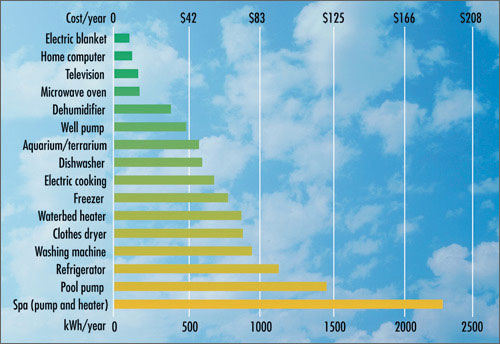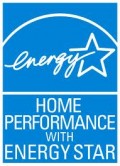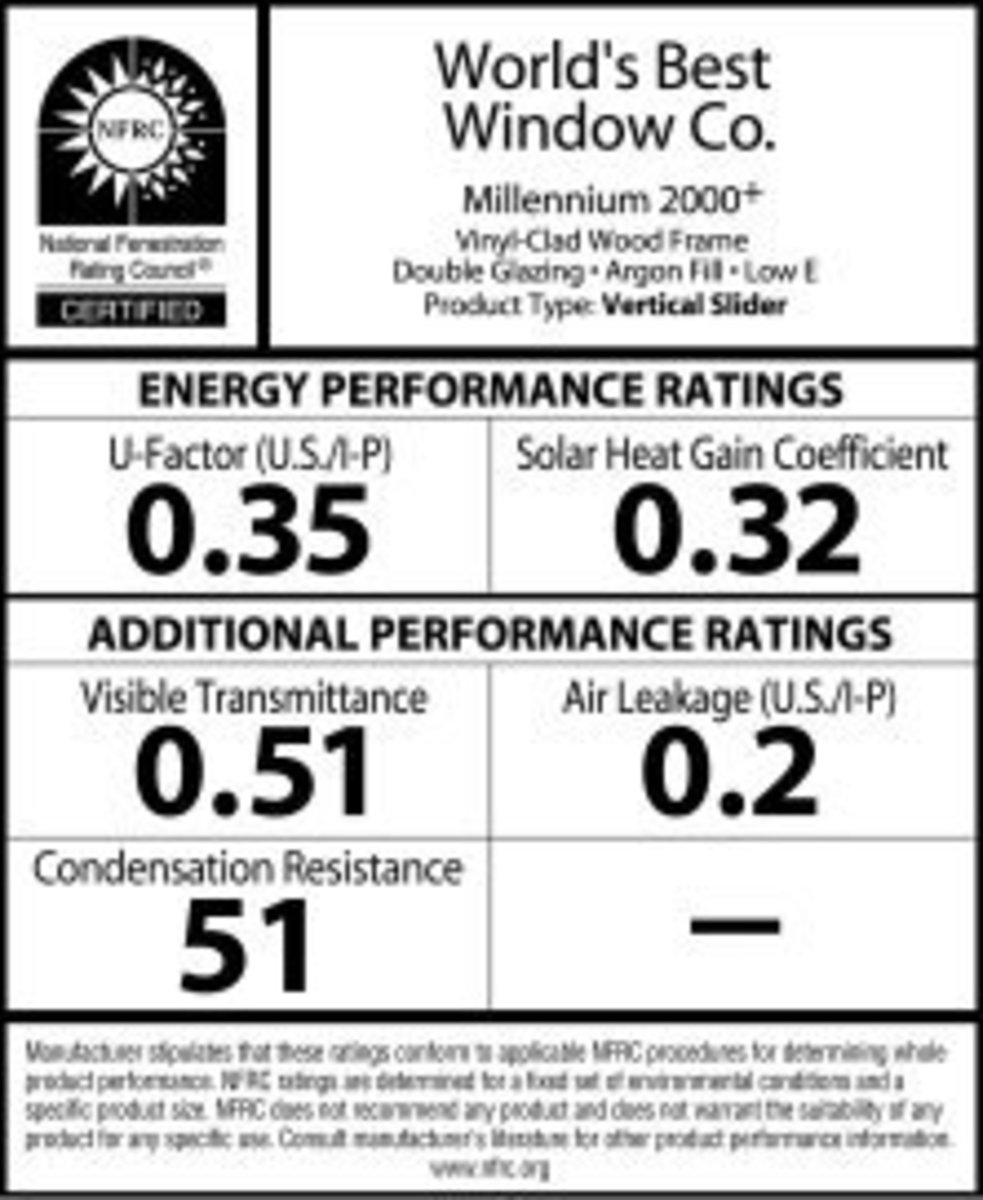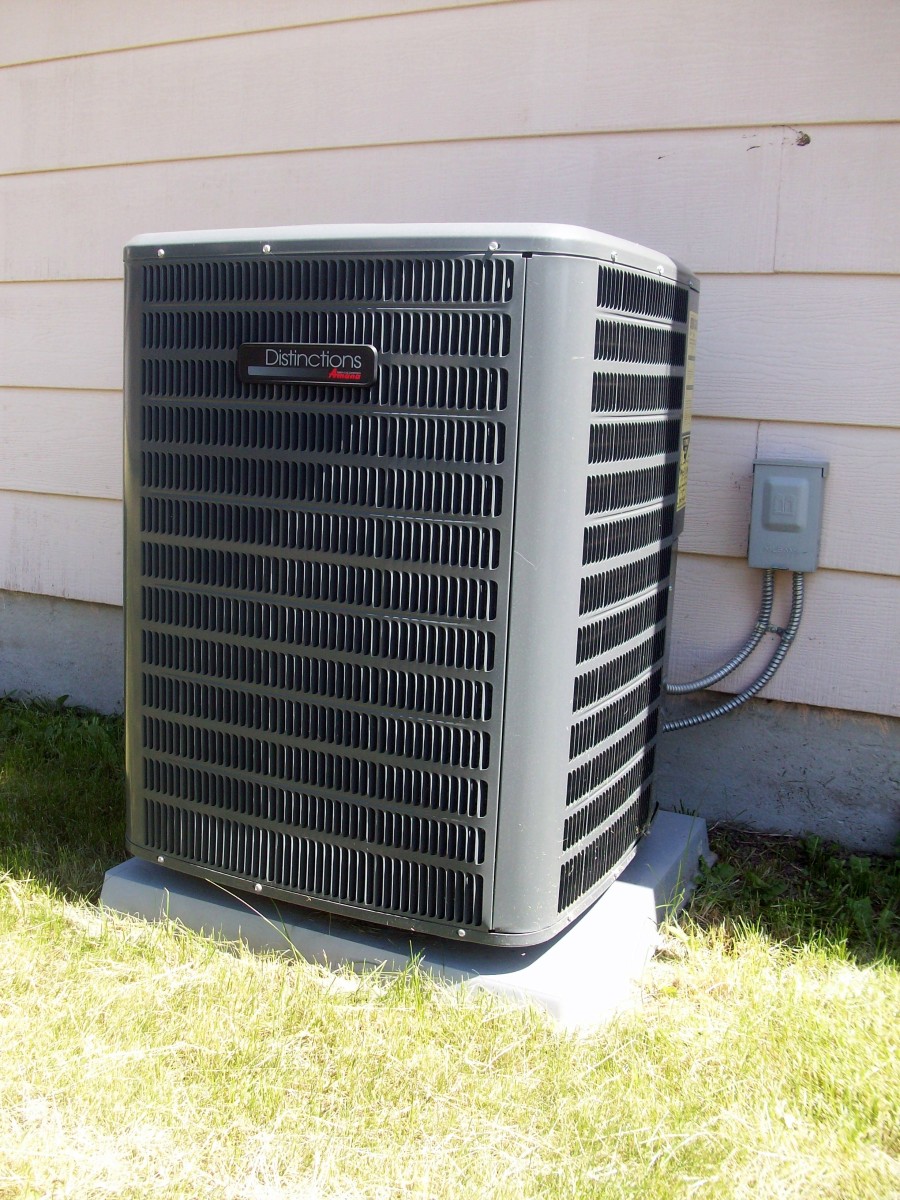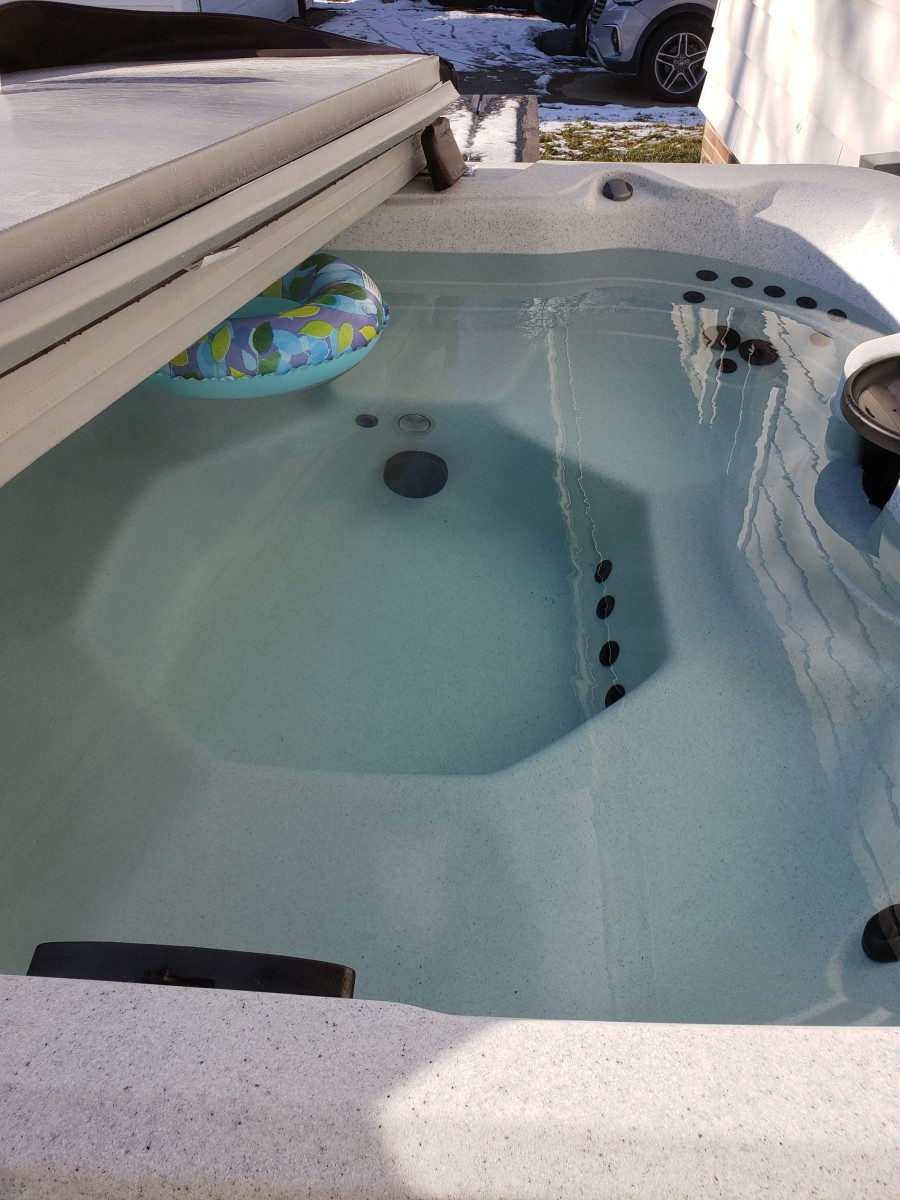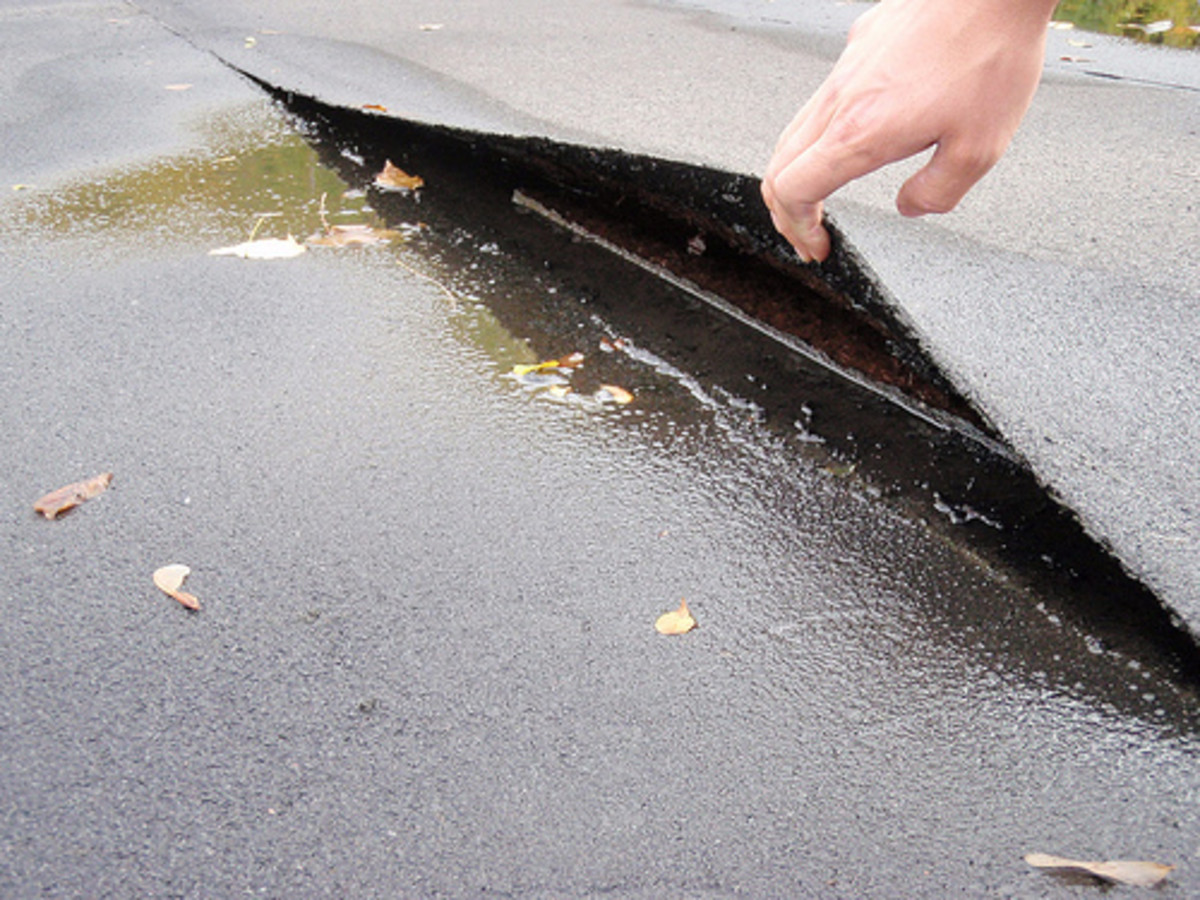How to Reduce Your Energy Bill and be Energy Efficient
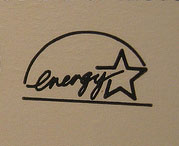
Energy Efficient
Being energy efficient, you can help reduce global warming, energy security, and fossil fuel depletion, but if you could care less about the environment, maybe you care about your high energy bill. By being more energy efficient, you can help reduce your energy bill by at least 30% of your regular monthly fee.
You may be thinking that you're going to have to spend big bucks in order to save a few every month, and yes, there are probably a few major changes you can adjust within your home and lifestyle. But, you can also make several small changes that will also save you each month that won't cost you a fortune.
The larger home modifications to make your home more energy efficient are more beneficial if you're completely remodeling or adding an addition to your home. While you're spending the money, spend a little extra for energy effiency by changing your windows, doors, and major appliances to at least an Energy Star rating products.
Otherwise, there are several small adjustments that you will want to consider that will make your home more energy efficient, which will in turn save you money on your monthly energy bill. You'll want to consider making these simple changes in your home as well as other tips to be more energy efficient.
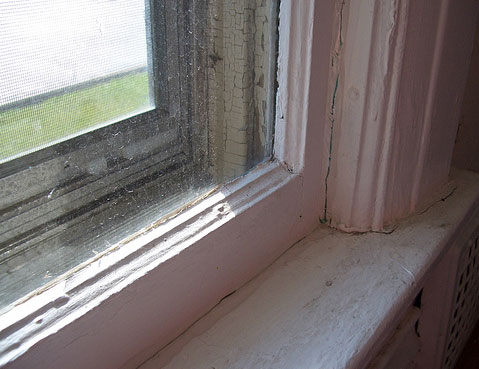
Replacing or Modifying Windows
Either purchase new windows or follow these tips to make minor adjustments to your current windows.
Probably the slightly more expensive modification would be to completely replace single-pane windows with double-pane windows with high-performance glass.
If you live in a cooler climate, you will want windows that are gas filled with a low emissivity (low-e) coating in order to reduce heat loss. By install exterior or interior storm windows, you will reduce heat loss by 25% to 50%. Make sure that they have weatherstripping at all moveable joints and have interlocking or overlapping joints. Low-e storm windows will save you even more energy.
If you live in a warmer climate, you will want windows with spectrally selective coatings to reduce heat gain. Although, these windows can be slightly pricey, in the long run they will save you money and energy. You can find these windows in various glazes and frames to better match your home decor.
If you don't want to purchase all new windows, there are a few tips that you can do to make your windows more energy efficient.
In cooler climates and during cooler months:
- You'll want to use a heavy-duty, clear plastic sheet on a frame or tape a clear plastic film to the inside of the window frame. Seal the plastic tightly to the frame to reduce the air infiltration.
- Install tight-fighting, insulated window shades.
- Close your curtains and shades at night, and open them in the morning, keeping them open during the day.
- Keep the windows on the south side of your house clean because it will let the winter sun in.
In warmer climates and during warmer months:
- Install white window shades, drapes, or blinds to reflect heat away from your house.
- Close all of the curtains on the south and west side of your house during the day.
- Install awnings on all windows on the south and west side of the house.
- Apply a sun-control or a reflective film on all windows that face the south. It will reduce solar gain.
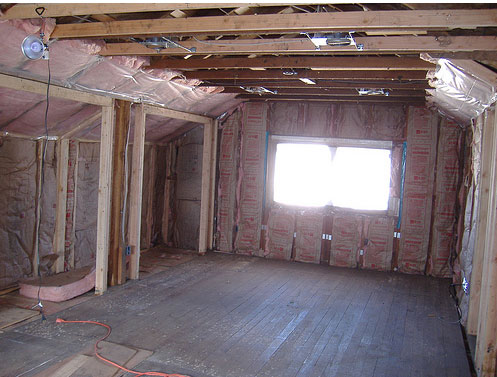
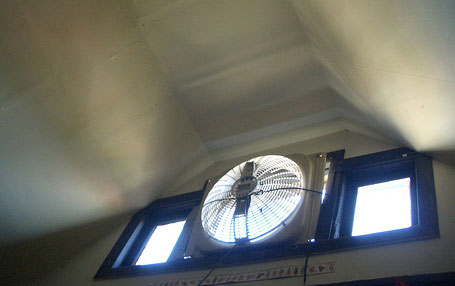
Energy Saver Attic Fans
Attic Upgrades to be Energy Efficient
It is cost-effective in the long-run to add insulation to your attic.
You'll want to check out the insulation in your attic, ceilings, interior and exterior basement walls, floors, and crawlspaces to check to see if the levels meet the recommendations for your state.
The higher the R-value, the better your walls will resist heat transfer. Typically, in warmer states the R-value recommendation for an attic is R-38, whereas it is generally R-49 in cooler areas.
See below for the U.S. Department of Energy recommended total R-values per the six climate zones.
You can purchase insulation at your local home improvement store for relatively cheap, and adding insulation to the attic, is relatively simple and very cost effective.
If you've measured the insulation in your attic, and it is adequate according to the standards, but the house still feels drafty and cold in the winter, or too warm in the summer, you may need to add more insulation to the exterior walls. This is slightly more expensive and requires a contractor, but it is worth the costs.
Also, consider adding more insulation to the crawlspaces in the home, as well as the walls or floor above the crawlspace. , building design, and budget when selecting insulation R-values for your home.
Consider using higher density insulation, such as rigid foam boards, in cathedral ceilings and on exterior walls.
Consider other changes in your attic to be more cost and energy efficient.
Add ventilation to your attic. The extra ventilation will provide moisture control and will reduce your summer cooling bills. You can install attic vents along the ceiling cavity to make sure that proper airflow between the soffit to the attic. This will make your home more comfortable and energy efficient.
Attic ventilation helps to cool your roof and the material life as well as reduces the overal strain on your air conditioning system. The extra ventilation, also, increases fresh air circulation which reduces vapor and moisture buildup that can cause rust, rot, increased bacteria, and mold.
You may have aassive vents in your attic, as they've been a part of building codes for years, but you probably don't have soffit vents, ridge vents, and louver vents, which means that the majority of the time the air in your attic is stagnant, causing heat and moisture to build up. The soffit, ridge, and louver vents rely on nature to provide sufficient pressure and air movement.
Attic fans will help you reduce energy costs by providing proper ventilation in your attic. You can spend a little more and purchase a solar powered attic fan, which will provide you with a no-cost system in the long-run.
You can add an attic fan thermostat controller to help control an attic fan, or you can purchase the solar powered fans, which are more beneficial.
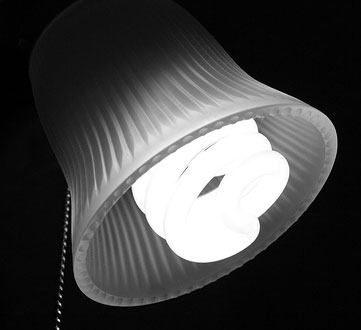
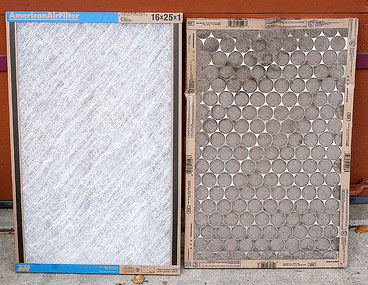
Change Lightbulbs and Furnace Filters
Probably the most simple change that you can make in your home is updating all iridescent light bulbs to the fluorescent compact energy saver bulbs. These bulbs are just as bright as the typical light bulb, but they use at least 2/3 less energy and generates about 70% less heat than the standard light bulb. Because they use less heat and energy, they, also, last longer than the standard bulb, so not only are you saving money on your energy bill by changing over to these bulbs, but you're also saving money from frequent bulb replacement.
You, also, want to change your furnace filter at least once a month, especially if you have pets. By changing your furnace filter you are 1) maximizing the efficiency and longevity of your furnace and 2) minimizing your energy bill. By changing your filter and ensuring the efficiency of your furnace, you ensure that it does not have to work as hard, which saves energy.
EZ Electricity Usage Monitor
A Few Other Energy Saving Tips
Make sure to have your air conditioning unit serviced at least once or twice a year. This will help the efficiency and longevity of your system as well as reduce energy costs.
When you go on vacation, set your home thermostat between 78-85F during the summer months. 80F is probably the best setting because it will keep the house cool during the day without the A/C turning on and off every 20 minutes. Setting the thermostat below 78F will cause the A/C to turn on and off frequently, which will increase your energy useage. Why use an excess of energy when no one's home?
Purcahse Energy Star rated appliances, and make sure to unplug or turn off the power strips to appliances such as laptop chargers, cell phone chargers, microwaves, computers, and televisions when not in use. They still use energy even if they are off. See the chart below to see how much the typical home spends in appliance useage per year.
Set your thermostat comfortably low in the winter and high in the summer and install a programmable thermostat.
Air dry your dishes instead of using the dishwasher's drying cycle.
Lower the thermostat on your hot water heater to 120F.
Take short showers instead of baths.
Try to wash a few full loads of dishes and clothes, versus several small loads.
Energy Savings
Energy Efficient
Save Money by Being Energy Efficient
- Remodeling Your Home to be Energy Efficient
When remodeling your home, you will want to consider these valuable tips that will save you money. Your home will be more energy efficient after the remodeling. - Home Remedies to Help Cut Energy Bills
Find out how you can cut your energy bill by doing a few home remedies. You can correct construction mistakes and cut your bill by at least 1/3. - Use Solar Energy to Heat Water
How to use solar energy to heat your home's water system. Find out ways to cut you energy bill by using solar energy. - Tips to Correcting Tankless Water Heater Problems
Using a tankless water heater versus a tank-style water heater, you can save energy and conserve water. Remember saving energy can potentially reduce your energy bill.
U.S. Department of Energy Recommended Total R-Values
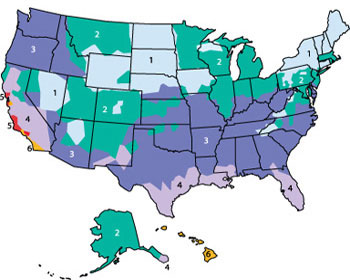
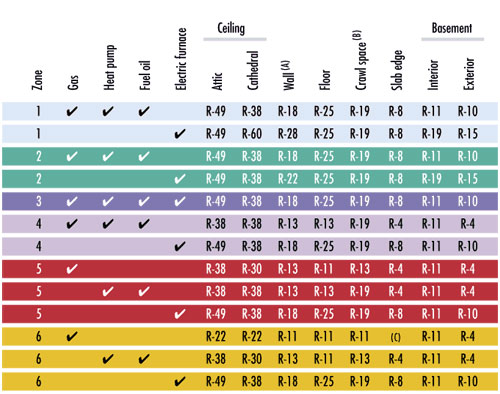
A. R-18, R-22, and R-28 exterior wall systems can be achieved by either cavity insulation or cavity insulation with insulating sheathing.
B. For 2 in. x 4 in. walls, use either 3½ in. thick R-15 or 3½ in. thick R-13 fiber glass insulation with insulating sheathing.
C. For 2 in. x 6 in. walls, use either 5½ in. thick R-21 or 6¼ in. thick R-19 fiber glass insulation. Insulate crawl space walls only if the crawl space is dry all year, the floor above is not insulated, and all ventilation to the crawl space is blocked. A vapor retarder (e.g., 4- or 6-mil polyethylene film) should be installed on the ground to reduce moisture migration into the crawl space. No slab edge insulation is recommended.
How Much Electricity Do Appliances Use?
